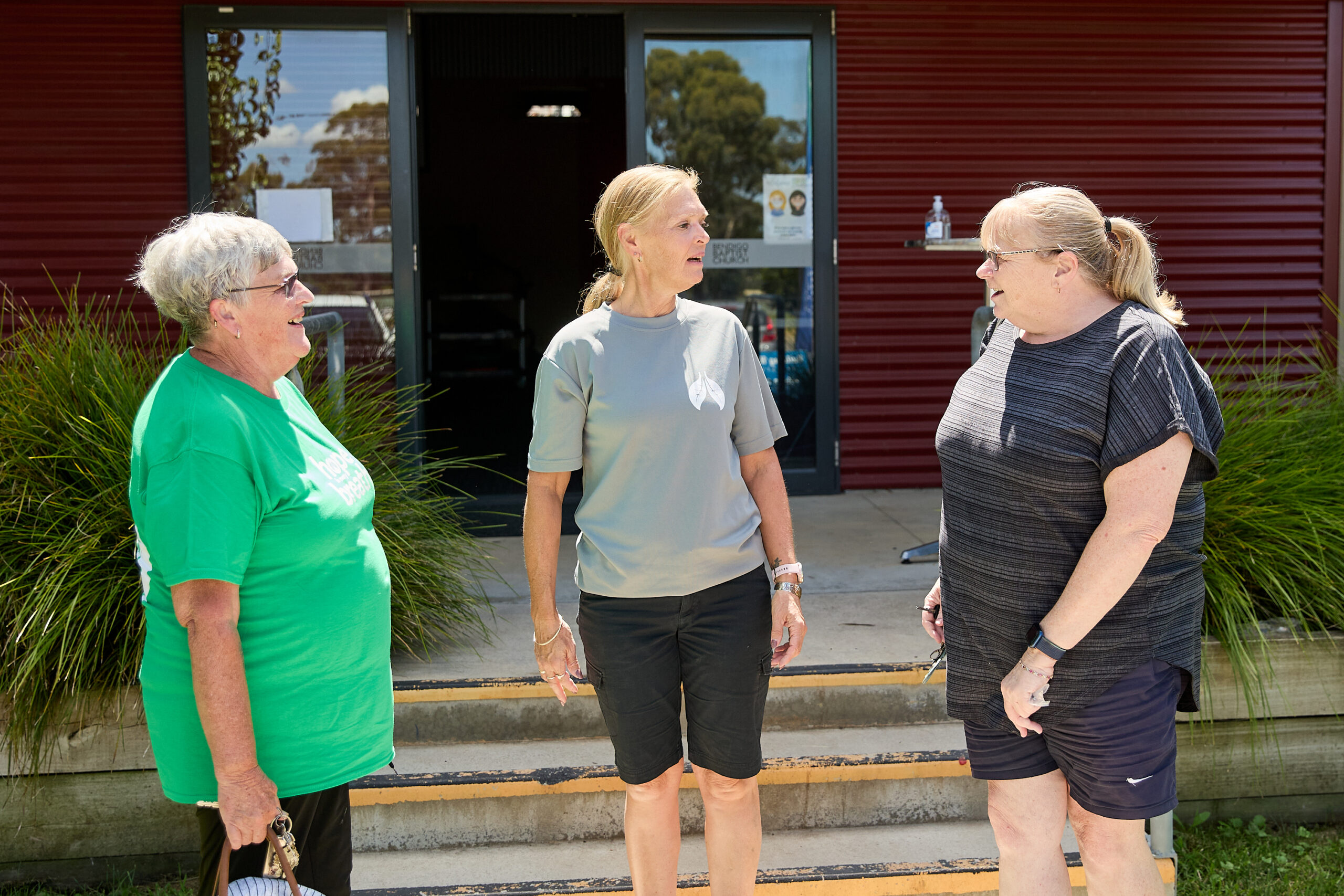Aims & Guidelines
The primary goals of pulmonary rehabilitation in people with chronic lung disease are to:
- Increase exercise capacity
- Reduce the symptoms of dyspnoea and fatigue
- Increase physical activity and participation in everyday activities
- Improve quality of life
- Improve mood and motivation
- Improve adherence to recommended treatments
- Enhance participation in therapy decisions by building self-management capacity
- Reduce health care burden for patients, families and communities, including reduction in hospitalisations
- Improve survival

The structure and delivery of programs are diverse and dependent upon available resources, but the aims remain the same.
Although Pulmonary Rehabilitation is best delivered in centre-based setting, there are some emerging frameworks in place to deliver the service virtually.
- HomeBase Pulmonary Rehabilitation
- Telehealth Rehabilitation
- Face to Face rehabilitation via video conferencing
Guidelines
The Australian and New Zealand Pulmonary Rehabilitation Guidelines provide evidence-based recommendations for the practice of pulmonary rehabilitation specific to Australian and New Zealand healthcare contexts. To access full guidelines or summarised version, visit the Lung Foundation Website.
A number of other pulmonary rehabilitation guidelines have been published such as the British Thoracic Society,2 the American Thoracic Society(ATS),3the European Respiratory Society(ERS)4 and The Canadian Thoracic Society Guidelines5.
There have been two Cochrane Reviews evaluating pulmonary rehabilitation in terms of the effect of on quality of life and exercise capacity6 and the effect of on hospital readmissions after an exacerbation7.


